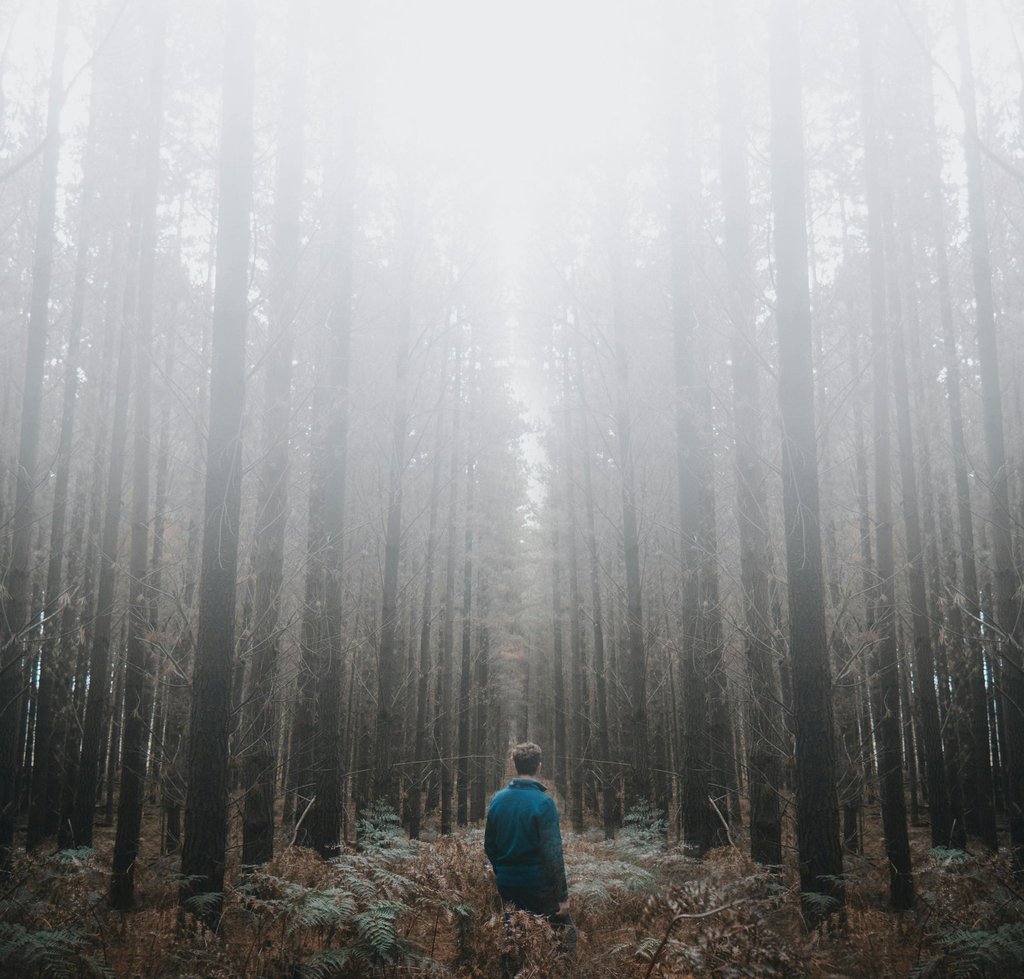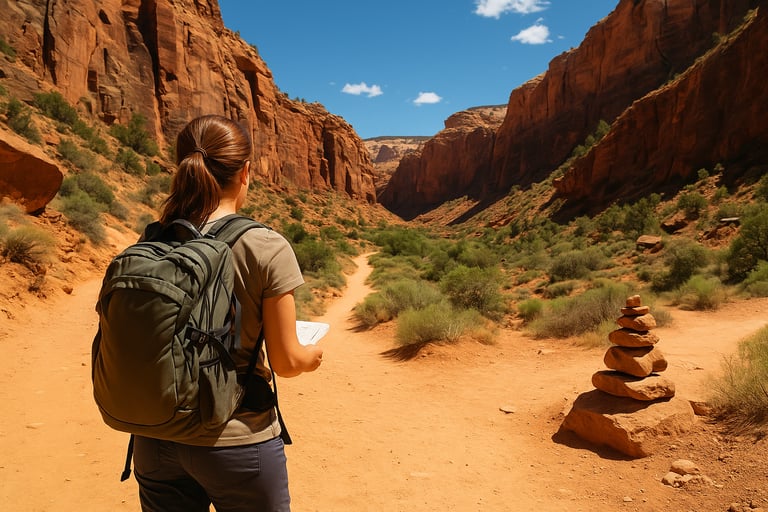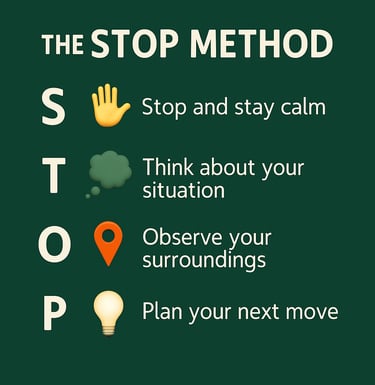10 Essential Wilderness Navigation Tips to Avoid Getting Lost
Worried about getting lost in the wild? Learn 10 essential tips for avoiding disorientation in the backcountry. These practical wilderness navigation strategies will help you stay safe and find your way.


10 Essential Wilderness Navigation Tips to Avoid Getting Lost
Know Before You Go
The best way to avoid getting lost in the wilderness is to start with proper preparation. Before heading out, research your route thoroughly. Look at maps, trail reviews, and recent updates about the area. Knowing what to expect helps you mentally map the terrain before you even set foot on the trail.
Always Carry a Map and Compass
Even if you're hiking a marked trail, never assume it will stay clear or easy to follow. Trails can fade, signage can disappear, and GPS can fail. A paper map and a reliable compass don’t require batteries and can guide you through almost anything. Learn how to read contour lines and orient your map before heading out. To get the most out of your compass, make sure you understand how magnetic declination affects navigation.
Tell Someone Your Plan
One of the simplest yet most overlooked safety tips is to tell someone exactly where you're going and when you expect to return. Include details like the trail name, your expected start and finish times, and any backup plans. If you go missing, this information could be crucial in helping searchers locate you quickly.
Stay on Marked Trails
Straying from marked trails is one of the fastest ways to get disoriented. Trail markers, cairns, and blazes are there to keep you on course. If a trail starts to fade or become hard to follow, it’s better to stop and backtrack than to push forward into uncertainty. Learning to follow cairns and other trail markers can help you stay on course even when the trail becomes unclear.
Know the Terrain and Landmarks
Make mental notes of distinctive landmarks as you go. These could include unique rock formations, stream crossings, or distant peaks. If you need to retrace your steps, those natural signposts can help orient you. Pay attention to elevation changes, direction of slope, and whether you're heading uphill or downhill.
Use Technology Wisely
GPS devices, apps, and satellite messengers can be incredibly helpful, but they should never be your only navigation tools. Download maps for offline use and carry a portable charger or spare batteries. Remember that signal loss is common in remote areas.
Stop Frequently to Check Your Bearings
It’s easy to become turned around if you don’t check your position regularly. Pause every 15 to 30 minutes to ensure you’re still heading the right direction. This also gives you time to rehydrate and reassess your route.
Stay Calm If You Feel Unsure
If you start to feel lost, the worst thing you can do is panic. Take a deep breath, stay put, and recall your last confirmed location. Look around slowly and try to retrace your mental map. Often, a short backtrack will bring you back to familiar ground.
Learn the STOP Method
If you do become disoriented, remember the STOP acronym:
Stop, Think, Observe, and Plan. This simple method can prevent you from making rash decisions and help you regain control of the situation. For a deeper strategy breakdown, check out what to do if you get lost in the wilderness.
Take a Navigation Course
The best time to learn survival navigation isn’t when you’re already lost. Consider taking a basic navigation or wilderness skills course. These can teach you how to use a compass, read topographic maps, and navigate using the sun or stars. A few hours of training could make a life-saving difference. If you're not ready to take a formal class, you can start by practicing how to read a topographic map for your own hikes.
Final Thoughts
Avoiding getting lost in the wilderness is all about mindset and preparation. Equip yourself with the right tools, stay aware of your surroundings, and trust your instincts. When you know what to do ahead of time, you’re far more likely to enjoy the adventure—and return safely.




© 2025. All rights reserved About | Privacy Policy | Terms and Conditions | Affiliate Disclosure | Disclaimer


